Last weekend I was once again in Schlutup, Lübeck’s smallest district, which is not automatically on every Lübeck-trip-ToDo list, but which I personally like very much. Schlutup can be reached by bike from Lübeck in about 30 minutes, from Lübeck’s bus station you can get there by bus.
I would like to recommend an early summer excursion to this former fishing village on the Trave river, as it holds many a treasure that does not immediately present itself to the eye. Schlutup was a stronghold of the fishing industry for many decades. Already in the 19th century, numerous smokehouses were established. In the village centre between Schlutup Kirchstraße and the street “Hintern Höfen” some old fishermen’s houses have been preserved until today.
A particularly beautiful view over the Trave is offered to you at the Schlutup harbour, which you can reach very well via the Mühlenweg.
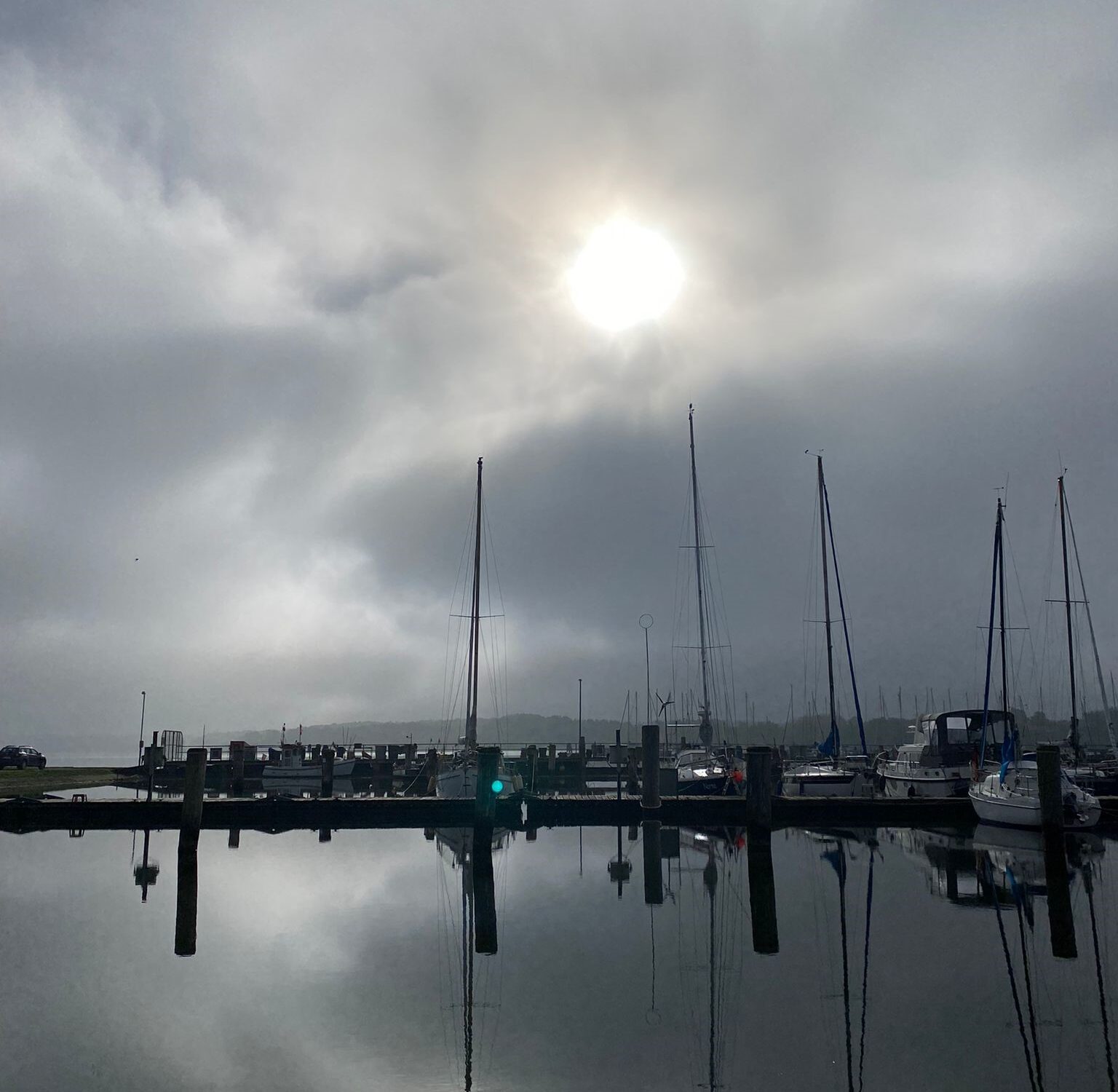
St. Andrew Church Schlutup
In the middle of the town, the former fishermen’s church in brick Gothic style is worth a visit. It was mentioned for the first time in 1425. Until 1436 the church still belonged to the parish of St. Jakob’s. The limestone baptismal font dates from the 13th century. To this day, the church tower serves as a point of orientation for skippers and sailors on the Trave river. I like to sit in silence in the church interior, which is almost shaped like a Hanseatic cog, and let the light streaming in through the stained glass windows have an effect on me.
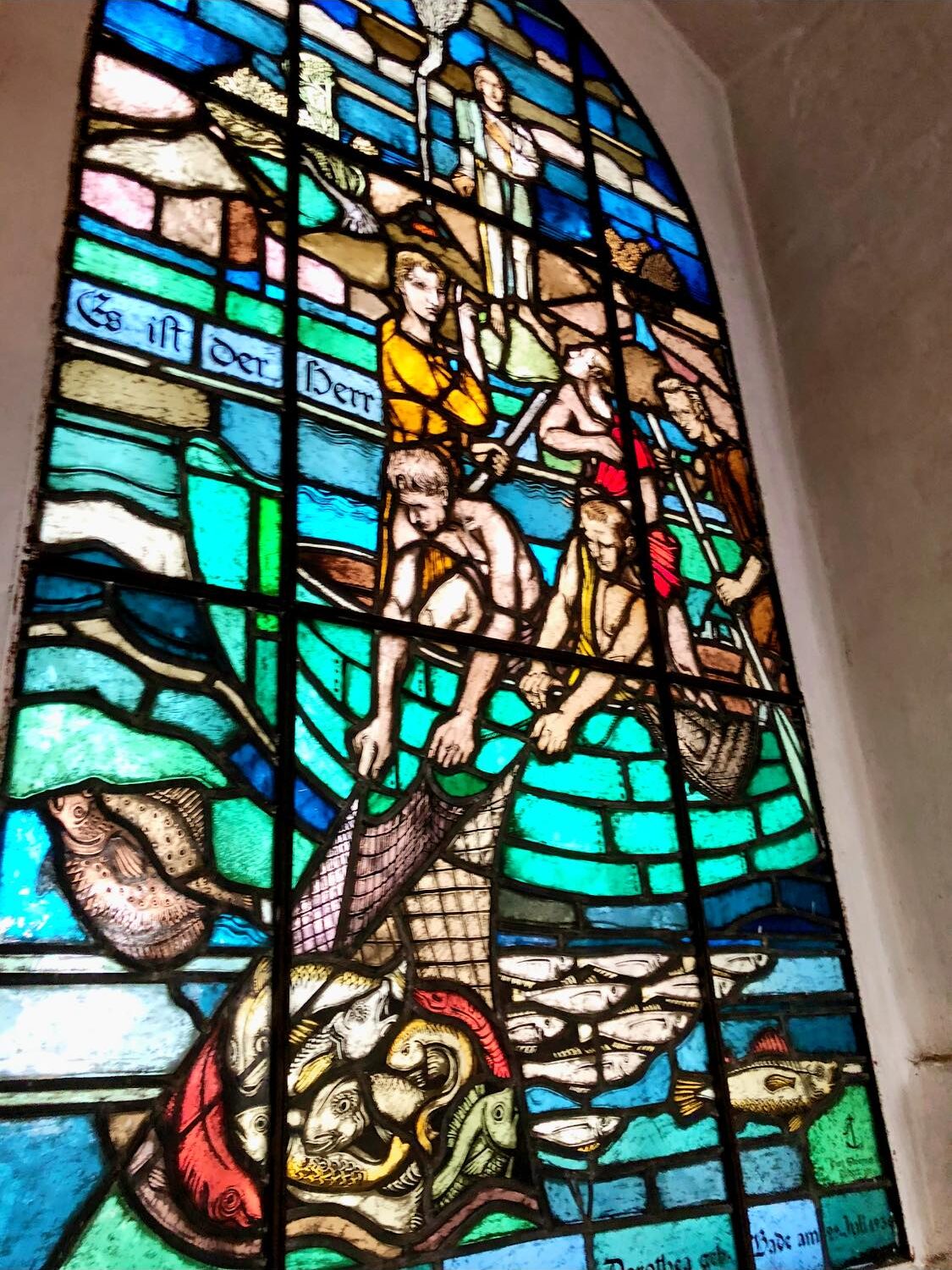
Incidentally, the glass artist Curt Stoermer also created the prisoner-of-war memorial to the repatriates which is located under the Lübeck Town Hall arcades and which you’ve probably already noticed. During a short digital tour you can get a first impression of the interior of the church.
Virtual church visit
It doesn’t get any greener than this
Schlutup is located in the immediate vicinity of Lübeck’s Lauerholz urban forest. It is surrounded by wetlands and moorlands. You have numerous opportunities to go hiking or biking. For example, around the idyllic Schwarzmühlenteich, in the middle of which runs the state border between Schleswig-Holstein and Mecklenburg-Vorpommern and which flows into the Schlutuper Wiek. Or in the extensive landscape conservation area of the Palinger Heath. Over long distances you will hardly meet a soul on the narrow sandy path. Pines, birches, fields and heath alternate. The call of a jay accompanies you.
Nothing here reminds of the time of the inner-German border, and yet this part of German history is always present in Schlutup and the surrounding area. This was Germany’s northernmost border crossing to the former GDR. The border ran from the Baltic Sea to Lake Ratzeburg and for long stretches along the Trave and Wakenitz rivers. West Germans living in the border area were allowed to enter the GDR under the so-called “local border traffic” scheme.

Border Documentation Site Schlutup
In the former customs clearance building, the museum, initiated by private citizens in 2004, documents the division of Germany. The border documentation site sees itself as a living place of learning and a site for historical-political education. The collection and diverse documentation show the border situation here on site until the opening of the border in 1989. I immerse myself in the many photos that show, for example, the border installations of the time. However, I am particularly moved by numerous everyday objects that can be discovered here. Toys, passports, exercise books, awards, medals. Of course, this small museum is also about big politics, but looking at the exhibits you get an idea of what it meant to have lived and worked next to this inhumane border on a daily basis. The model shown here illustrates the layout of the facilities at the border at that time.
360° model on a scale of 1:87. Created by students of the Niebüll Community School. (Gallery sponsored by the agency cp360pano.com)
Schlutup was a dead end. Behind the Schlutup border station there were two more houses, then you entered the territory of the GDR, if you held the permission. White posts with red heads – called “matchsticks” – marked the German-German border. This was as far east as the route would go. Until November 9, 1989. Every single adult person remembers where they were on that happiest day for our country. Or the moment they learned what the night had brought. Naturally, therefore, a significant part of the exhibition is dedicated to the opening of the border. In the days and weeks that followed, Schlutup’s streets were jammed from morning to night. Hugs, spontaneous invitations, queues in front of the issuing points of the welcome money, trabants. Joyful moments. This weekend marks the 77th anniversary of the end of World War II. Everything is connected to everything. In the current political situation, I am once again very aware of this.
virtual visit
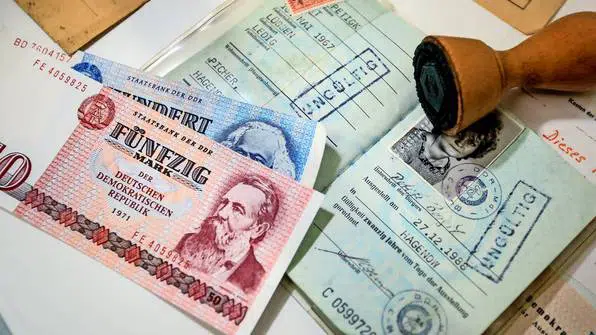
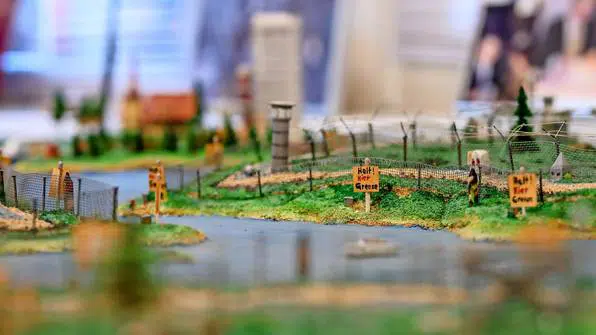
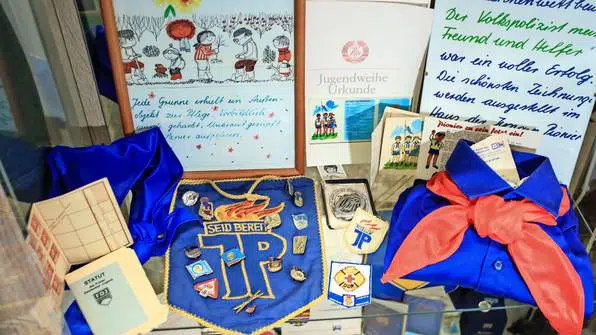
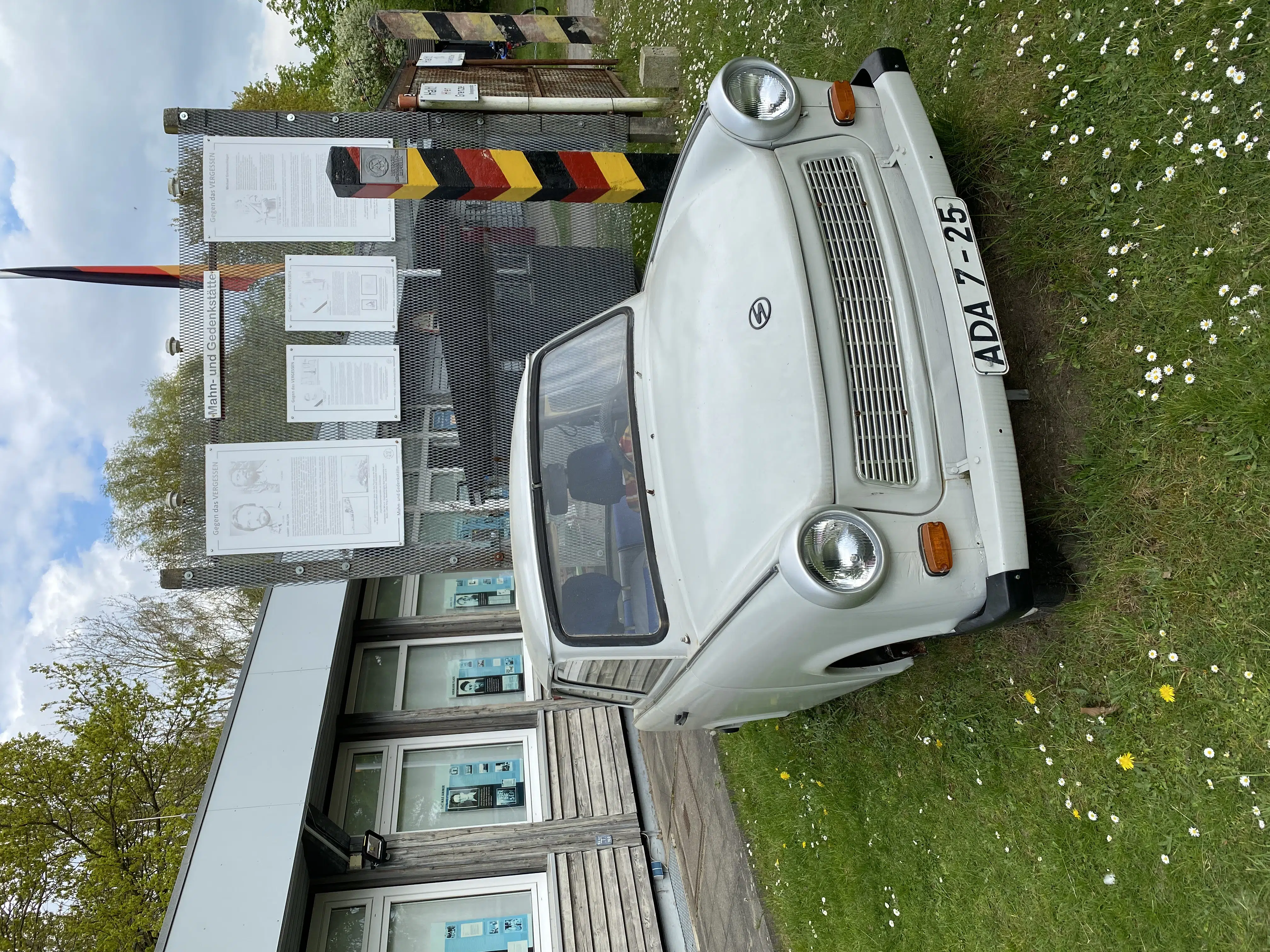
Fried herring with view
After this journey into the German-German past, it’s definitely time for a break. Please take a seat in the garden of the Restaurant of the Schlutup Sailing Club at Mühlenweg 4 with a view of the Schlutup Wiek, blue water and sailboats. Or in the guest room, which looks exactly as it should. Maritime details, checkered tablecloths. A down-to-earth northern German ambience. Whether cutter plaice or fried herring: most of the fish comes directly from the Trave and the Baltic Sea. Quite an acceptable way to spend a weekend in May. See you soon for the next LÜBECK ZWISCHENZEILEN . Next time I’ll be back with a gastronomic tip from the Old Town of Lübeck.
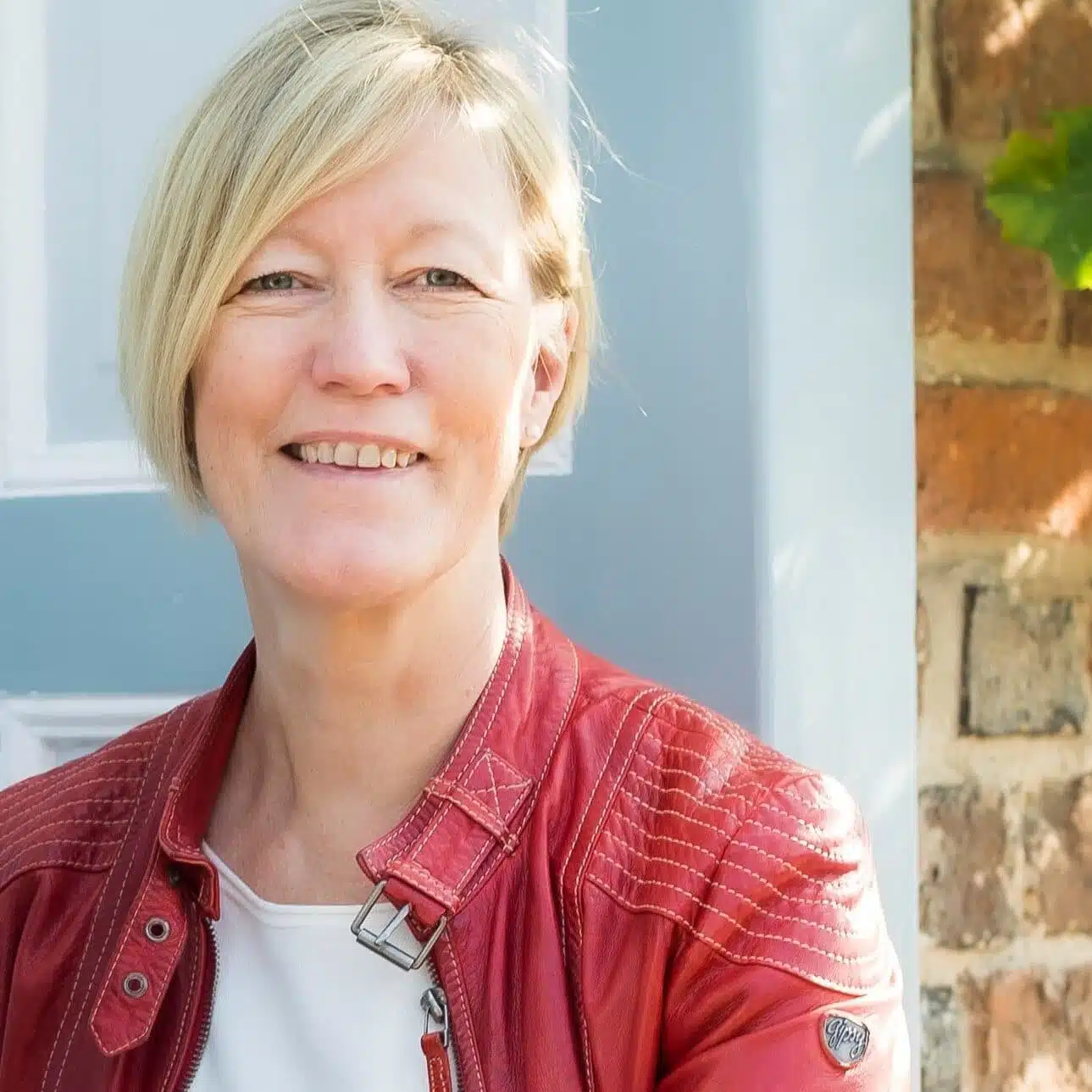
i was born in lubeck-schlutup in1946 my nameisWolfgang Gedicks so i ws wondering if you could check into the building i was born in f it still exits.According to my birth certificate a name i cant make out completley but it looks like either Hbort or Hbert-Schlutup. any information you could give me would be appreciated.
Well, this isn’t an easy one.. Hbort or Hbert Schlutup. We’ll do some research!
I lived in Schlutup for 17 years long long time ago Kuterstrasse 10 i left when i was 20 or more I’m now 81 and i loved that small village but so many unpleasant things happened to me so i left Now i would love to come back it is so difficult to do that for an old lady like me ,my sister and i use to play at the border all the time ,the winters were so beautiful and i miss all of it i live in America
Thank you, dear Ellen, for getting in touch. Though also Schlutup has changed over the past years, the historic part of the village kept its charm. If you happen to be on Facebook: there’s a Schlutup group that you could join. Wishing you all the best. Barbara